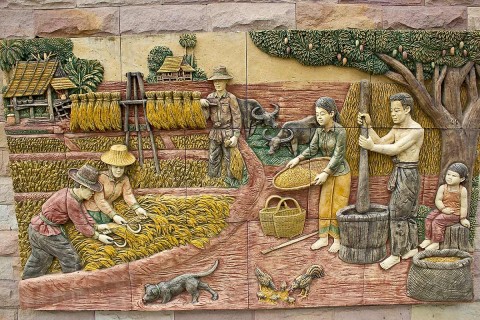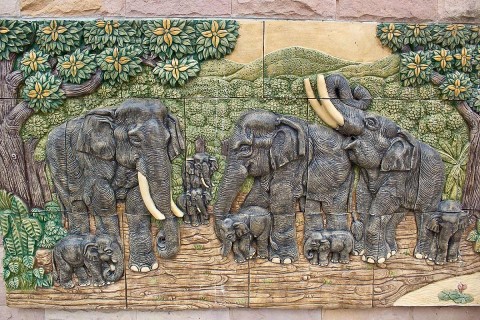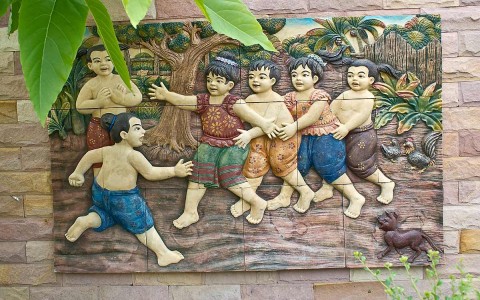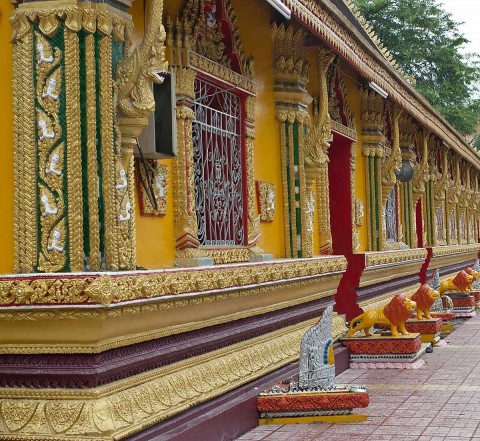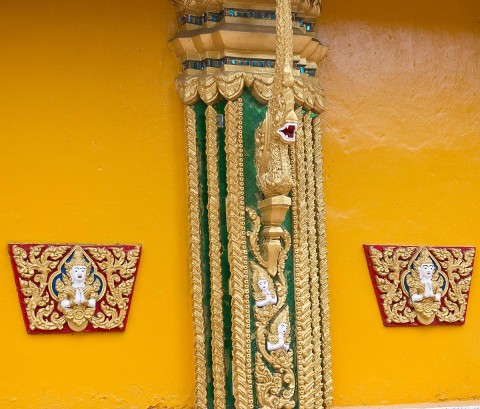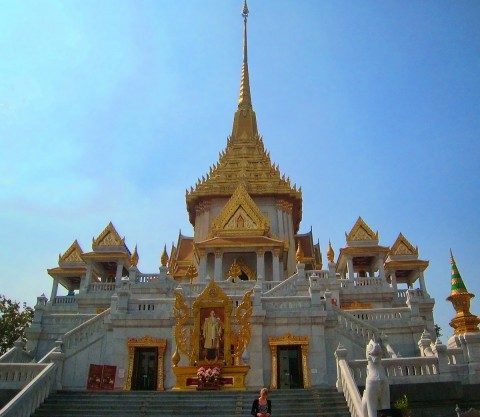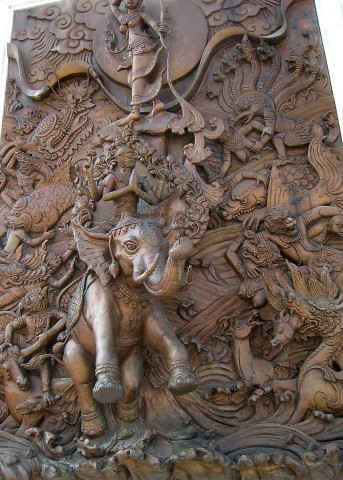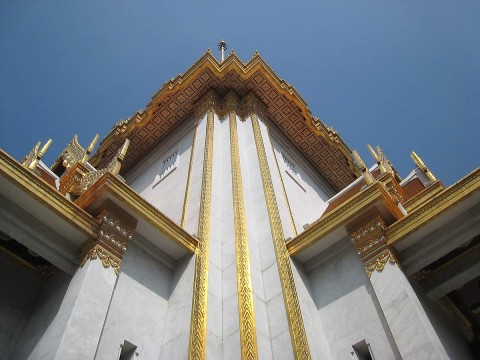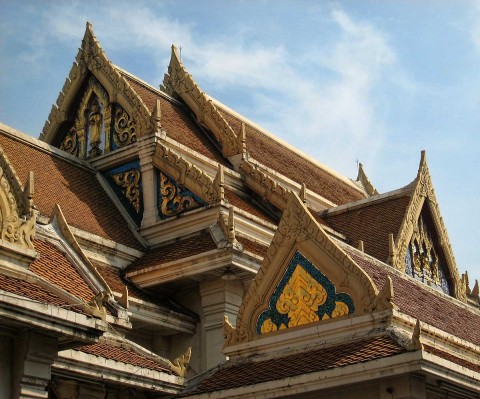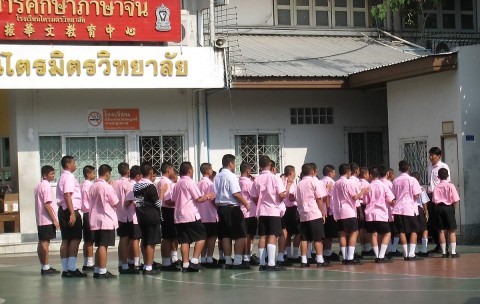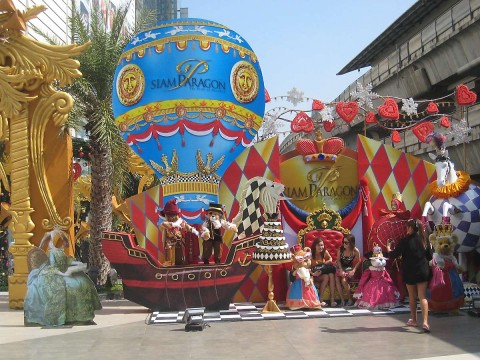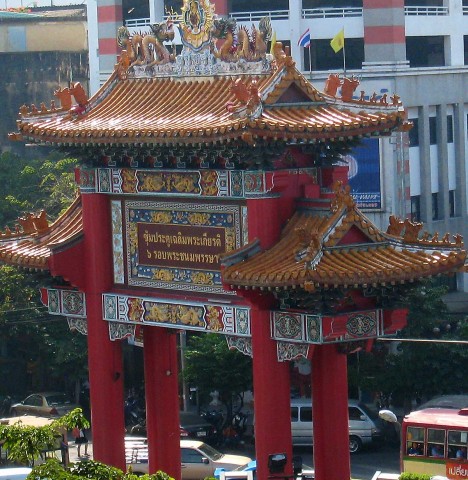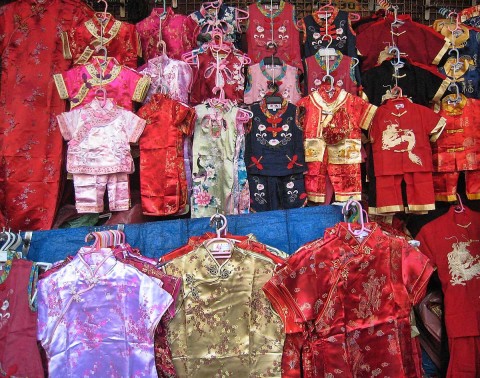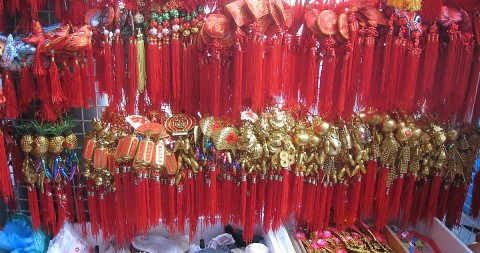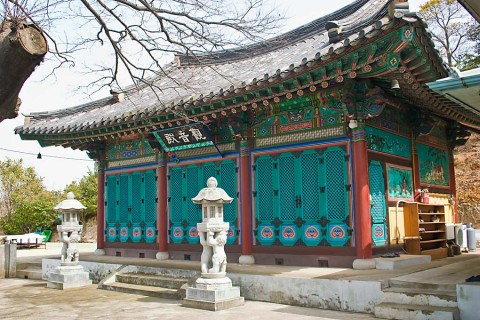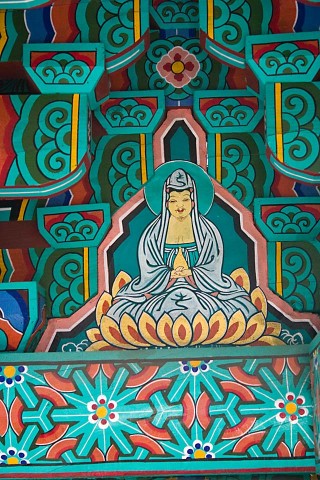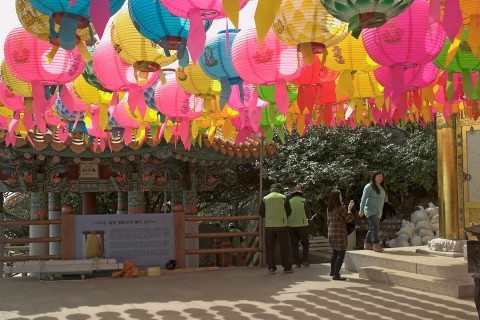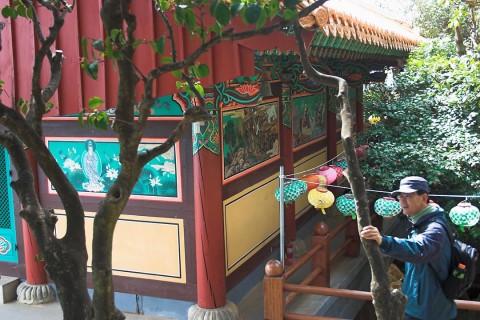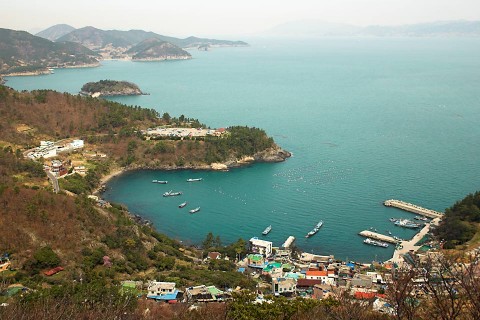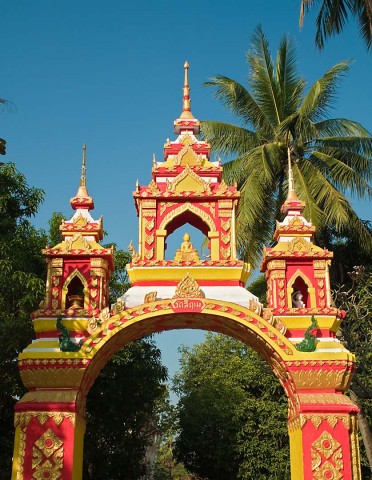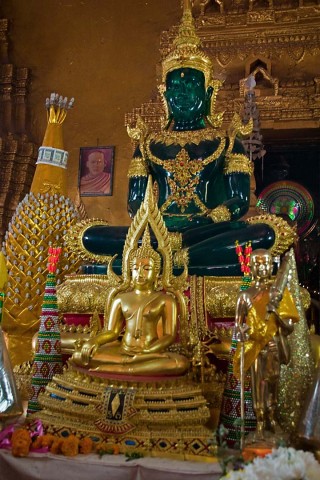The Disappointment
On Thursday, June 25th, following an early morning workshop and lunch at one of the local Italian restaurants, I ‘biked back to The Farm, looking forward to our short mid-term break, despite an oddity of earlier in the day. As I was leaving for Vientiane that morning, a painter’s truck pulled up. I asked Nai what was going on, and he said he wanted to paint part of the house. This was news to me, and I told him I wasn’t going to pay for it. He said that it was free, but he couldn’t tell me why. Very strange, I thought.
When I got back to the house that afternoon, I was shocked to see that everything had been removed from the house and that a gang of painters was painting the outside a shade of lime-green and repainting the inside beige. A few carpenters were constructing something upstairs. What the hell was going on? I was quite angry, because I could see that I wouldn’t be able to sleep here tonight. The family members saw how angry I was and a few came up to me and said “Sorry.” Sorry for what? Nai was nowhere around.
One of them handed me a note written in English. It more or less stated that this was no longer Nai’s house, that it was now owned by the painter. It seems that Nai had borrowed around $6,500 from the guy when Nai’s mother was ill and dying about three years ago. He had been doing everything he could to keep her alive. Very admirable, but for reasons I won’t get into here, he hadn’t even been trying to pay back the money.
What ticked me off the most was that he didn’t tell me what was going on. If he had come to me, we could have possibly worked something out with the painter or whatever he is. I do know that he’s one of the son’s of the aging lady that Nai bought the house from, and I heard that, at the time, he was dead-set on her not selling it. Since then he’s been lusting at getting the house back, so he probably wouldn’t have come to any kind of agreement anyway. My disappointment in Nai, however, was profound.
Well, I stormed back into Vientiane, vowing to break off my friendship with Nai. I stayed at a cheap guesthouse and fumed. The next day, Nai finally worked up the courage to call me and apologize. I think he was very ashamed and embarrassed. I had calmed down somewhat and we arranged to meet at The Farm the next day. I felt sorry for him more than anything, though I was still angry.
He told me of a couple of vacated houses that belonged to some of his cousins. They were being rented out for, get this, about $37 a month. I supposed they were in terrible condition. We looked at the first one and it was little more than a concrete bunker in shabby condition and located in a rundown area of the village.
The Revelation
Before we even looked at the second house, I was preparing myself to rent a place in Vientiane, which would be rather nice for me. You can get a decent place for a couple hundred bucks a month and there would be no commuting back and forth.
We went to the second place, and, while not perfect, it’s the place I would have said earlier, on first arriving last year, “This is it!”
It’s much smaller than Nai’s old house, but it’s in much better condition. It’s only about a 10-minute walk from the other place, and it’s in a beautiful location. The old house is surrounded by other houses and buildings, which made me feel claustrophobic at times. In addition, any cooling breeze was drastically reduced by the buildings. The new place has one house next door and fields on all other sides. We’re surrounded on three sides by banana groves (now only stalks, waiting for the rain to help with their regrowth), with several cornfields and vegetable patches further out. So, I have much better views here, there always seems to be a nice breeze during the day, and it’s much, much quieter. The floors are tiled, unlike the bare concrete of the old place. It also has a nice front porch that’s shaded by a large tree in the afternoon. It’s really quite lovely.
One drawback is that it has an Asian style squat toilet, something I’ll have to get used to using, hopefully without any unseemly accidents, if you know what I mean.
All in all, I really like the place, and I’m quite happy to have found it, despite the circumstances leading up to the change. Although I’m still disappointed with Nai, our friendship endures.

This is a view of the front porch, looking toward the south. There’s a nice-sized living area, a bedroom, a small back storage room, a toilet and an outdoor cooking area. The small storage room could be converted to a cooking area.



